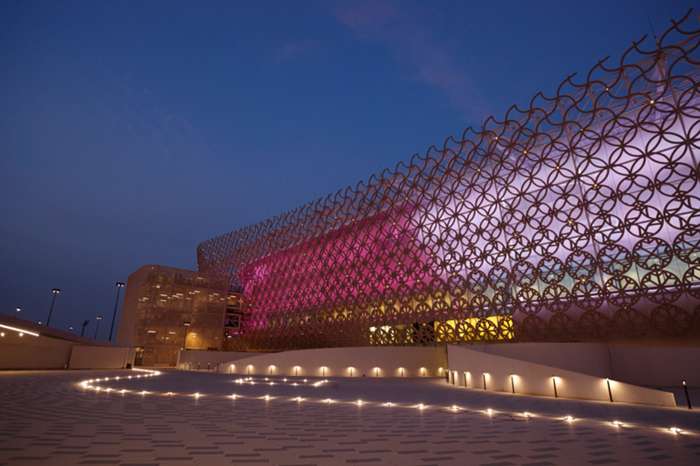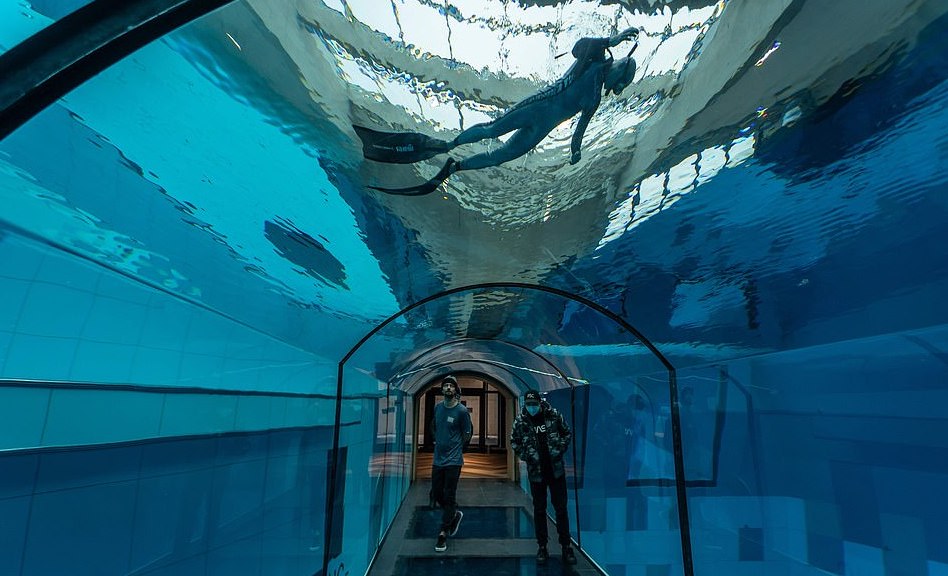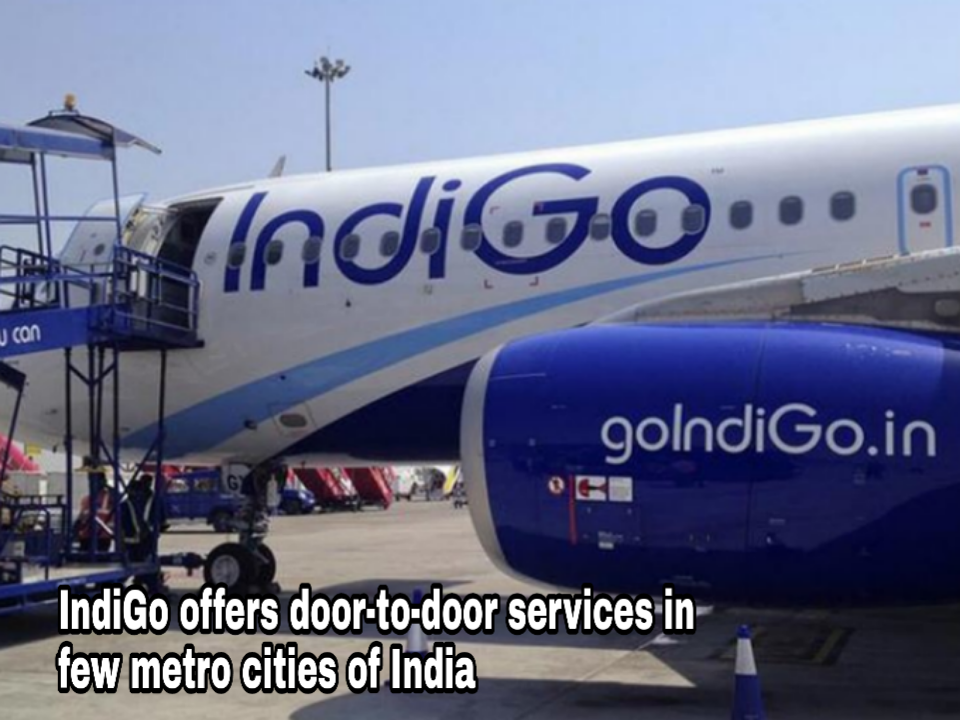2022 World Cup Venue With An Indian 'Touch' Unveiled To The World With Spectacular Launch

The Ahmad Bin Ali Stadium was inaugurated recently on December 18, 2020, where the final of Emir of Qatar competition was hosted between Al Saddand Al Arabi in a high profile event on Qatar National Day attended by several dignitaries including FIFA President Gianni Infantino and All India Football Federation (AIFF) President Praful Patel. The stadium was inaugurated exactly two years before the final of the 2022 World Cup.

The stadium’s façade is glowing and is composed of patterns that symbolize different aspects of Qatar - the importance of family, the beauty of the desert, native flora and fauna, and local and international trade.
Interestingly, Qatar has a significant Indian expatriate presence with almost 25 per cent of the Middle-East nation’s population being Indians.
It must also be noted that SC, the organisation responsible for the delivery of the World Cup, had entrusted the task of building the Ahmad Bin Ali stadium to a Qatari-Indian Joint Venture between Qatar's Al Balagh Trading & Contracting, and India's biggest construction firm - Larsen & Toubro Limited (L&T).
This was the first time ever that an Indian firm has been involved in any capacity whatsoever when it comes to building infrastructure for a FIFA World Cup.
Facts about the stadium you may not know:
1. Seven matches from the group stage to the round of 16 will be played at the Ahmen Bin Ali stadium
2. The stadium has capacity of 40,000, which is the same as most of the World Cup venues, although much less than the Al Bayt stadium limit of 60,000, and the Lusail Stadium, which has a capacity of 80,000.
3. The exterior design of the stadium reflects aspects of the character of the State of Qatar, which was inspired by Islamic architecture.
4. Near the stadium there are several amenities including the largest shopping centre in Qatar and the local Al Refaa metro station, which will facilitate the movement of fans to and from the matches.
5. The location of the stadium means it will be one of the most entertaining areas for World Cup fans, given the numerous services near the venue.
6. Almost 90% of the materials used in the construction of the stadium were recycled from the previous site, which was taken down to establish a new venue that meets with FIFA requirements.
The stadium is also a representation of modern, cosmopolitan Qatar, where the Indian community is the single largest resident expatriate group and is an important contributor toward Qatar’s rapid economic development.










.jpg)






